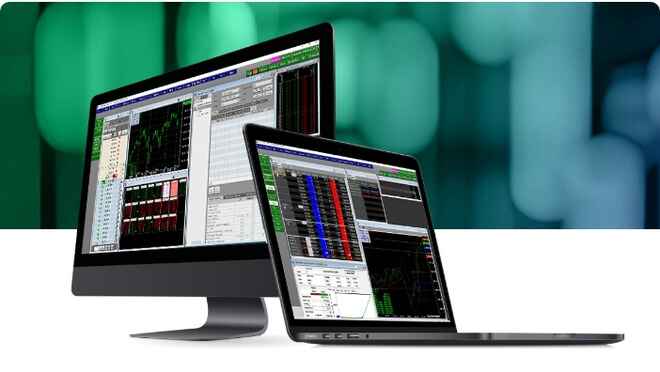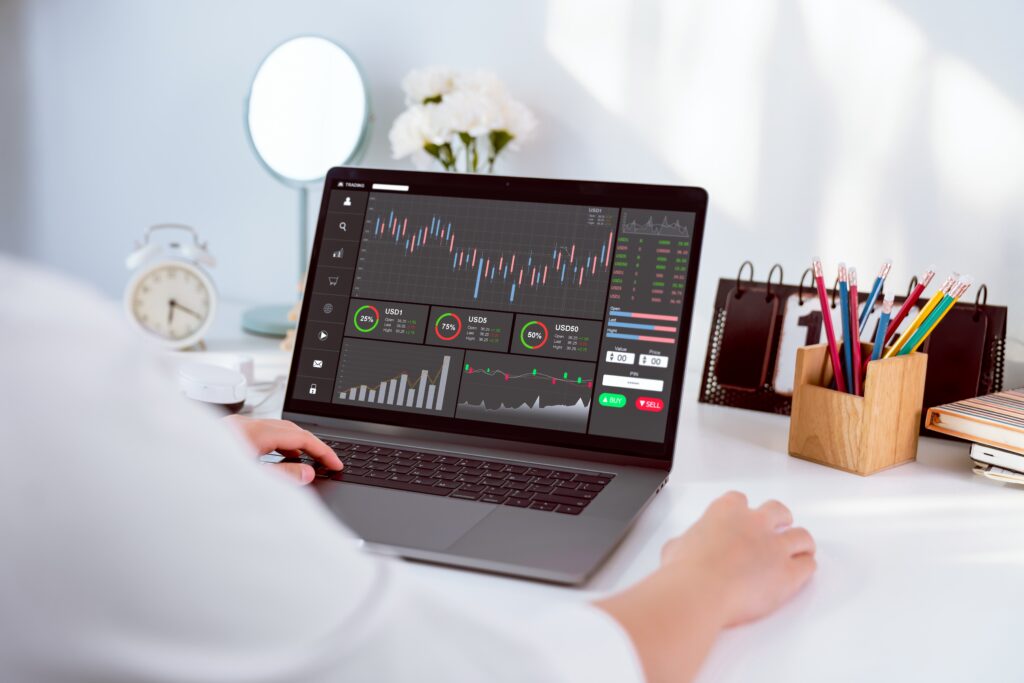If you’re a futures trader, that’s a mantra that should serve you well when it comes to trading breakouts. The earlier you can identify a legitimate price trend and enter a position, the greater the potential return on your trades.
If you’re somewhat new to futures trading, however, this is often easier said than done. It takes experience to discern a legitimate breakout from a false one. It’s also no easy endeavor to set smart price targets and stop losses. To do so, you’ll need some basic working knowledge of breakout principles and strategies. With that in mind, let’s take a closer look at the fundamentals of breakout trading.
Breakout Trading Explained
Before we discuss strategies, let’s take a moment to detail the specifics of a breakout. Breakouts occur when an asset’s price moves out of an established trading range. This movement is typically accompanied by an increase in volume. The general idea is to go long when the price breaks above resistance, and go short when the price breaks below support.
Breakouts are a core focus of traders, as they typically signal impending volatility and the possibility of significant price trends. Breakouts occur in any type of market and can be tracked with breakout trading indicators such as flags, triangles and head and shoulders patterns, along with conventional channel breakouts.
When identifying breakout opportunities, it’s generally advisable to look at assets with well-defined support and resistance levels. Pre-breakout pressure — or a price action squeeze — is another common identifier of potential breakouts. This occurs when higher lows are formed when resistance is being pushed, or lower highs where support levels are concerned.
While it’s possible to trade on the simple principle of “go long above resistance and go short below support,” experienced traders go a few steps further by analyzing breakout strategies in greater detail. One example: One of the primary hurdles traders encounter when attempting to trade on this strategy is the presence of false breakouts — or “fakeouts.” These occur when an asset’s price appears to be moving out of range, but ultimately reverses. This is a common trap that snares many newer day traders.
Breakout Trading Strategies
Second Chance Breakout Strategy
One way to potentially sidestep the continuing problem of false breakouts is by following the so-called “second chance breakout strategy”. In this case, a trader waits until a legitimate breakout occurs, but only enters a position after the price moves and retests the original breakout point.
It should be noted that such retests do not always occur. Additionally, a trader need not wait until the precise breakout point (something relatively close will usually suffice). Yet if a breakout does retest the original price point range, it gives a trader a second chance to trade on that movement. Stop losses can be used with the strategy to minimize any potential downside.
The core benefit to the approach is simple: Rather than having to deal with a maddening procession of fakeouts, traders can instead exercise patience and trade on a proven breakout.
Chart Pattern Strategy
Another essential strategy involves trading on chart patterns (involving the breakout trading indicators mentioned above) rather than simple ranges. Basic chart formations such as triangles or flags tend to be better breakout trading indicators than simple range spotting — a technique that can be followed by even the rawest of novices.
Triangles come in three forms: Ascending, descending and symmetric. These varieties simply describe their appearance on a chart; for trading purposes, they are largely the same. Triangles form on a chart when price movement narrows across price swings (tracked over an extending trendline). Triangles can represent both continuation and reversal of a pattern and are present in uptrends and downtrends.
Charting triangles is often helpful because it provides an easy to grasp visual representation of price action and how larger trends are developing. Analysis of triangles and other chart patterns can also help traders spot breakouts with greater precision and manage their positions with greater insight.
While false breakouts are certainly an annoyance, some traders attempt to use their advantage by following a false breakout trading strategy — though that’s a technique that is best employed by those with a sophisticated grasp of breakout trading fundamentals.
The Art of Getting Out
When trading breakouts, it’s also important to understand when and where to exit your position. Before taking a long position on an apparent breakout, for example, a trader should typically define a price target. Once that target is reached, it’s generally time to exit (though other variables, such as a breaking development that’s having a significant impact on an asset’s price, may require a target to be reset).
Targets can be established a number of ways, but one of the simplest ways to arrive at a figure is by looking at previous ranges. If the pre-breakout channel had a five point range, traders can use this information to set a new, post-breakout price target.
Traders can also apply the principles of breakout trading when deciding where to exit a losing position. Post-breakout, the prior resistance is typically the new support and vice versa. Traders should be cognizant of where new levels have been established when determining when to exit their positions, as this can mitigate downside risk.
The Takeaway
Breakout trading is a core skill for any futures trader, and as such should be closely studied by those who are relatively new to the market. By learning the basics of breakouts, breakout indicators, fakeouts and breakout strategies, you can make more informed trades — and put yourself in a better position to succeed.


